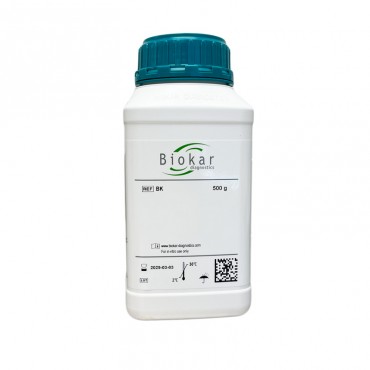- +Products
- +Allergen testing
- +Culture Media - reagents and reference material
- +Environmental testing solutions
- +Laboratory Consumables
- +Laboratory equipment
- +Microbiology equipment
- +Neogen® Food Safety Solutions
- +Temperature & Humidity Monitoring
- Services
- Support
- News
- +About Us
- Contact

XLD Agar (ISO 6579-1) RTU
XLD (Xylose Lysine Desoxycholate) Agar is used mainly for the isolation of Salmonella and Shigella in food products.
It is also used for the detection of Salmonella in animal health, (with mammals, birds and in animal production environments) and in water.
The typical composition corresponds to that defined in the standards NF EN ISO 6579-1, NF EN ISO 21527, NF EN ISO 19250, NF U47-100 to 102 and FD CEN/TR 15215-2 & 15215-3.
Available in ready-to-use medium: 20 Petri plates Ø 90 mm
Also available in dehydrated medium (BK168HA) 500 g bottle
In compliance with regulatory requirements, a USDA permit (VS 16-3) is mandatory for shipments from Canada to the USA due to the inclusion of peptone, an animal byproduct.
Sodium desoxycholate inhibits contaminating Gram-positive flora.
Xylose is fermented by practically all enteropathogenic bacteria, except for Shigella which are thus differentiated from the other species. After exhausting xylose, Salmonella decarboxylate lysine (via lysine decarboxylase) to cadaverine, causing the pH to rise. Colonies of salmonellae resemble those of shigellae in the medium having become basic.
The colonies formed are red in the presence of the indicator, phenol red.
The addition of lactose and sucrose to the medium enable coliform bacteria to decarboxylate lysine and thereby produce excess acidity, making the indicator turn yellow, favoring their differentiation.
In basic medium, pathogenic H2S-producers reduce ferric ammonium citrate and cause a blackening due to the production of iron sulfide at the center of the colonies. Non-pathogenic bacteria which do not decarboxylate lysine acidify the medium, a result of sugar fermentation. The pH decrease prevents the colonies from blackening.
Related Products




